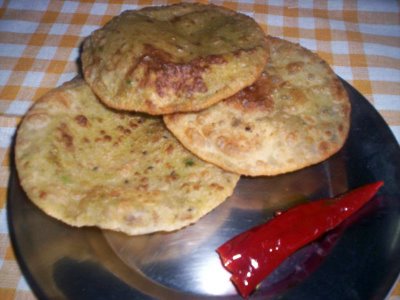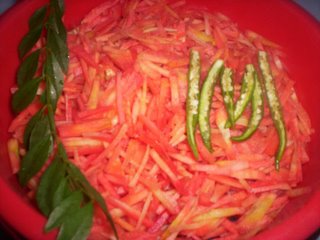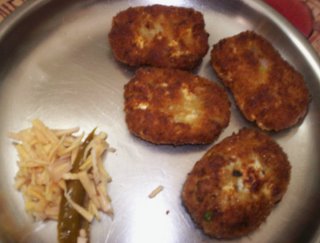COMMENT MODERATION ENABLED
Over the past 72 hours I have had enough of online poker, casino and pharmacy spamming the comment section of this blog. I know it would be futile to suggest to the spammers to get a life, so I have to perforce go for the only other option--enabling the comment moderation feature.This is just to let all our wonderful readers know to please continue posting your comments and not fret if they don't show up immediately :P. They eventually will and they are always precious to us.
So please don't stop your compliments and castigations :)
Sury
















